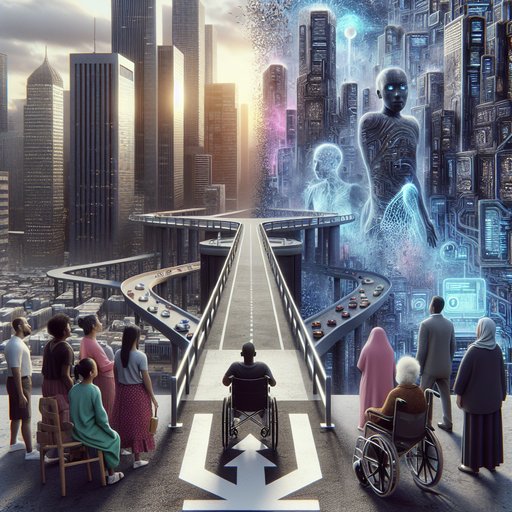- Details
- Written by: Anne Wienbloch

The reports are stark, the details devastating: a 29-year-old news anchor died after falling from the third floor of her home while trying to escape armed robbers, a story relayed across outlets and shoved into our feeds with the blunt force of catastrophe [1][9]. In the attention economy, tragedies arrive as push alerts and thumbnails before they become human again. As an art critic who studies how forms of seeing shape forms of feeling, I keep returning to a hard question: when our encounters with loss become increasingly mediated—wrapped in high-definition video, algorithmic curation, even “immersive” storytelling—do we deepen our capacity for empathy, or do we simply perfect the choreography of looking away? The answer depends less on technology than on intention, context, and whether the design of our cultural interfaces honors the person beyond the headline.
- Details
- Written by: Bob Fratenni

A new scientific study with a deceptively simple title—Effect of canal blocking on biodiversity of degraded peatlands: Insight from West Kalimantan—offers something our extractive age rarely grants: a pause for thought [4]. It asks, in essence, whether undoing a past incision into a living landscape can help life return, and how we might know. As an anthropologist who studies how cultures bind themselves to ecosystems, I hear in this question a broader challenge to our technological impulse to cut first and consider later. If we are willing to test, measure, and listen in peatlands, we should be even more cautious in the oceans, where we barely grasp the rhythms we threaten to disrupt. The lesson from West Kalimantan is not only about canals and biodiversity; it is about humility as a practice, restoration as a cultural ethic, and the moral difference between mending and mining [4].
- Details
- Written by: Alex Dupcheck

The Supreme Court’s refusal to revive a Missouri law that barred police from enforcing some U.S. gun statutes is more than a legal footnote; it is a civics lesson about the dangers of politics-as-performance in a system addicted to direct elections and instant applause [4]. When representatives are selected primarily for their ability to rally emotions, not for their grasp of institutional design, they often produce laws that falter at the first constitutional checkpoint. The Court’s rebuff should prompt a broader reckoning: democracy requires more than counting votes—it requires choosing people capable of writing durable, enforceable rules in a federal republic.
- Details
- Written by: Valenenzia Gruelle

The question keeps boomeranging through boardrooms and break rooms: Will AI take your job? The query is newly sharpened by a sober headline from the computing establishment—“Will AI Take Your Job?”—which captures the cultural temperature as much as the current evidence [10]. But the more urgent version is one we too often ignore: Will AI take your job if you are disabled, chronically ill, neurodivergent, or otherwise pushed to the margins of the labor market? Whether intelligent machines become prosthetics for human capability or bulldozers of fragile opportunity depends on choices we make now—how we design, deploy, and govern tools that could either widen or bridge the access gap.

























































